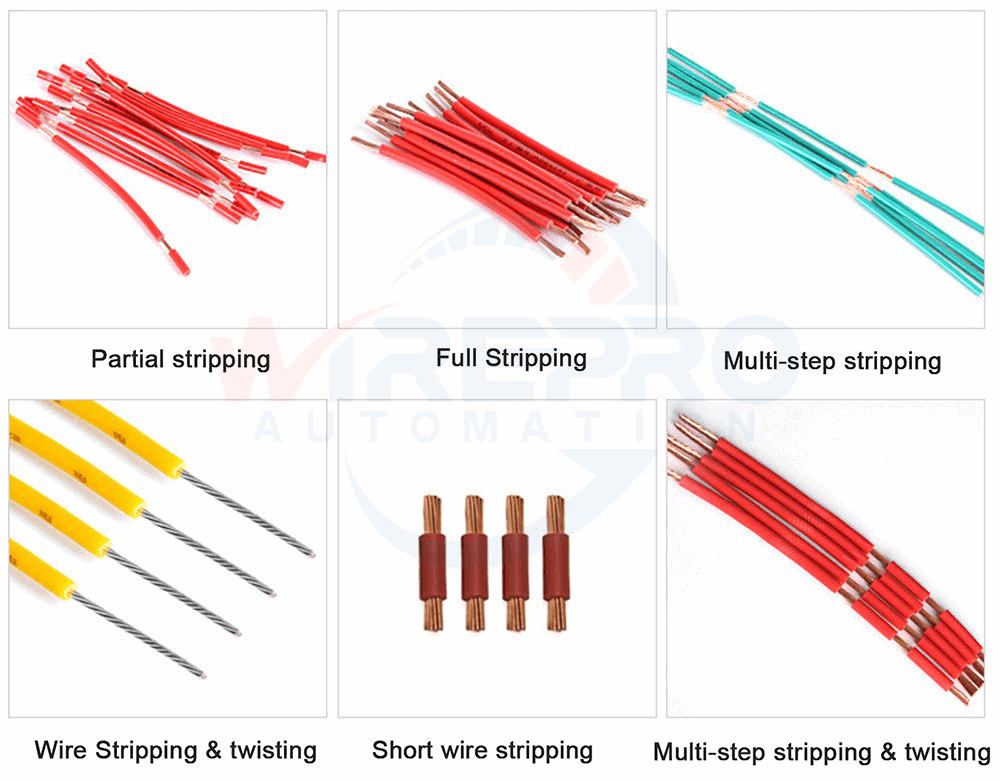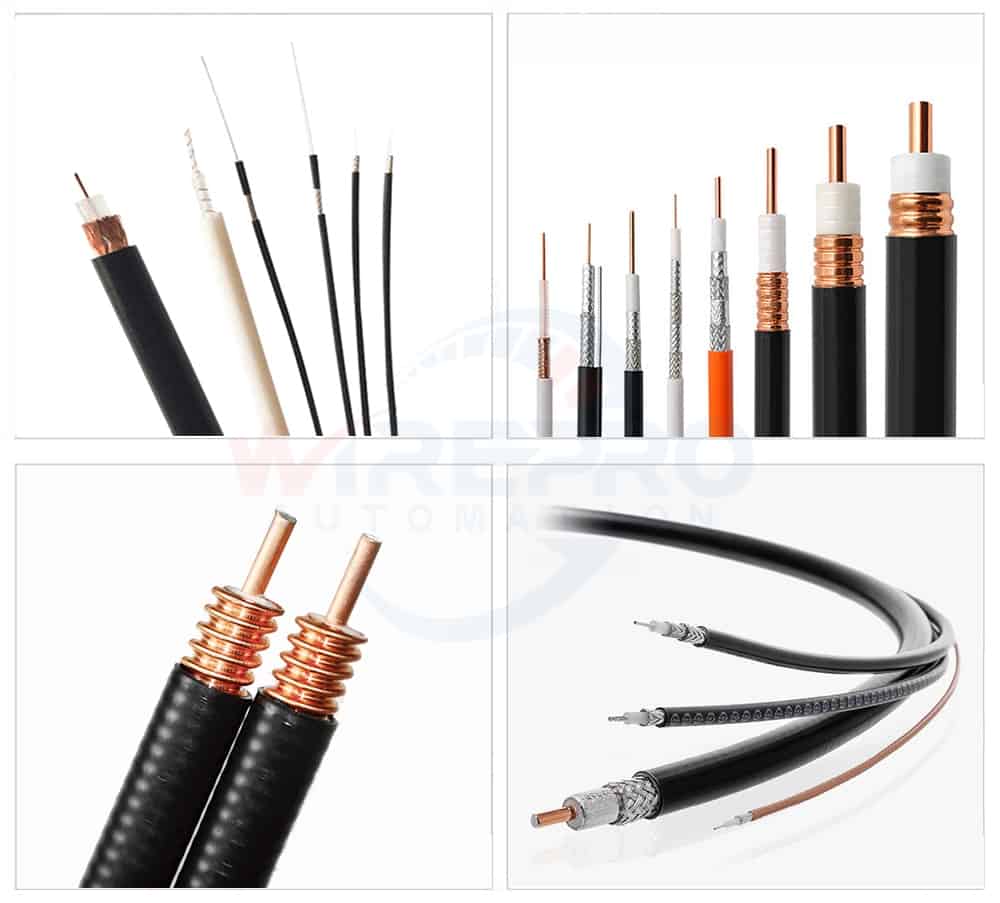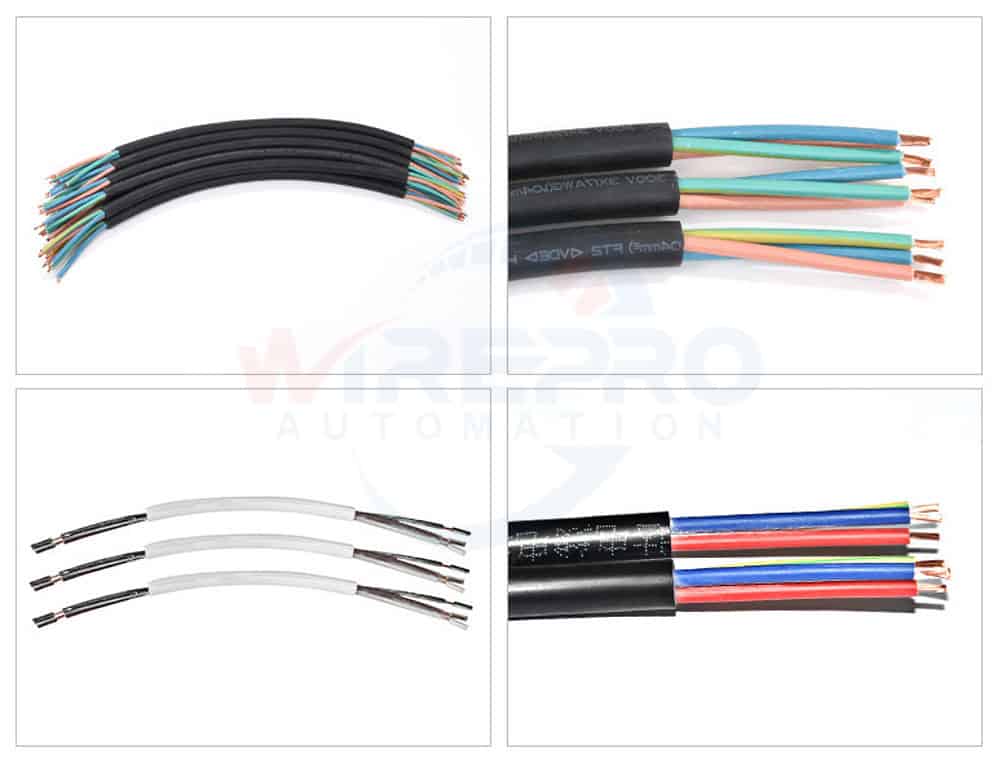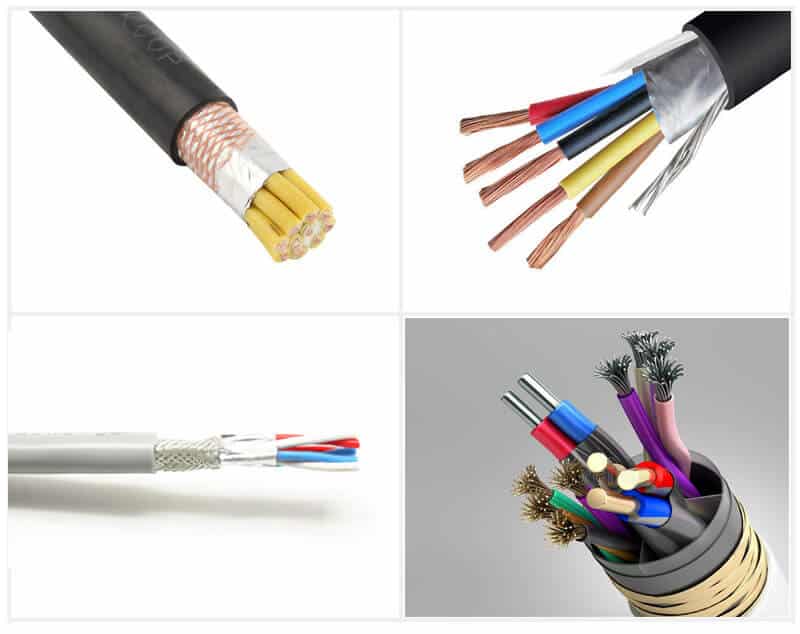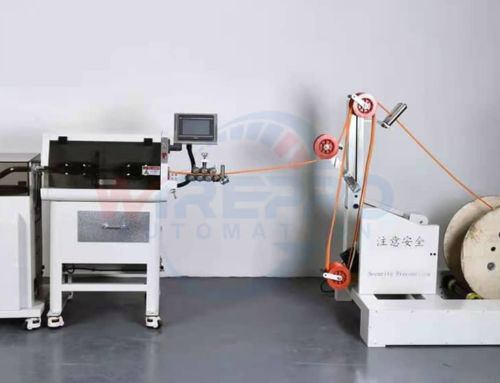
Prior to performing the crimping process supplier must do the stripping process – to expose the metal (or core) of the wires.
Nowadays most equipment does both actions at once (cutting and stripping). Nevertheless, we could have also a separate piece of equipment that performs wire/cable stripping. Manual stripping (with knife or cutter) is not allowed, due to the risk of damaged strains and also due to lack of possibility to control dimensions. For complex cables also could be developed braid cut/turn process and shield removal process, which also should not be done manually.
There are several variations of cutting methods for stripping tools:
– Pneumatic wire strippers function by the means of pressurized air, often with the use of a foot or hand switch, or sensor to control the speed of wire stripping.
– Fiberglass & Wire Wheel Strippers Fiberglass wheels will strip many film-type insulations. The conical wheels rotate at high speed to generate frictional heat which softens the insulation on the wire. The “nap” of the brush wipes this insulation away.
– Blade Strippers Eraser blade strippers are great for round magnet and enamel wires with any type of film insulation, from solid and stranded wires and round cable and coax.
Key process requirements for blade stripping process:
– Condition of wire/cable – correct type(traceability), no damages, no twisting, etc;
– Handling of wire/cable during stripping process;
– Maintenance of stripping tool: conditions of blades, calibration;
– Correct SW program according to datasheet dimensions, precision (stripping length);
– Machine error self-detection, the risk to mix.
Also visual check for no damages, no missing/damaged strains, good insulation cut quality. All results must be recorded and archived and provide up to request.
Welcome contact WIREPRO for the following wire stripping:
